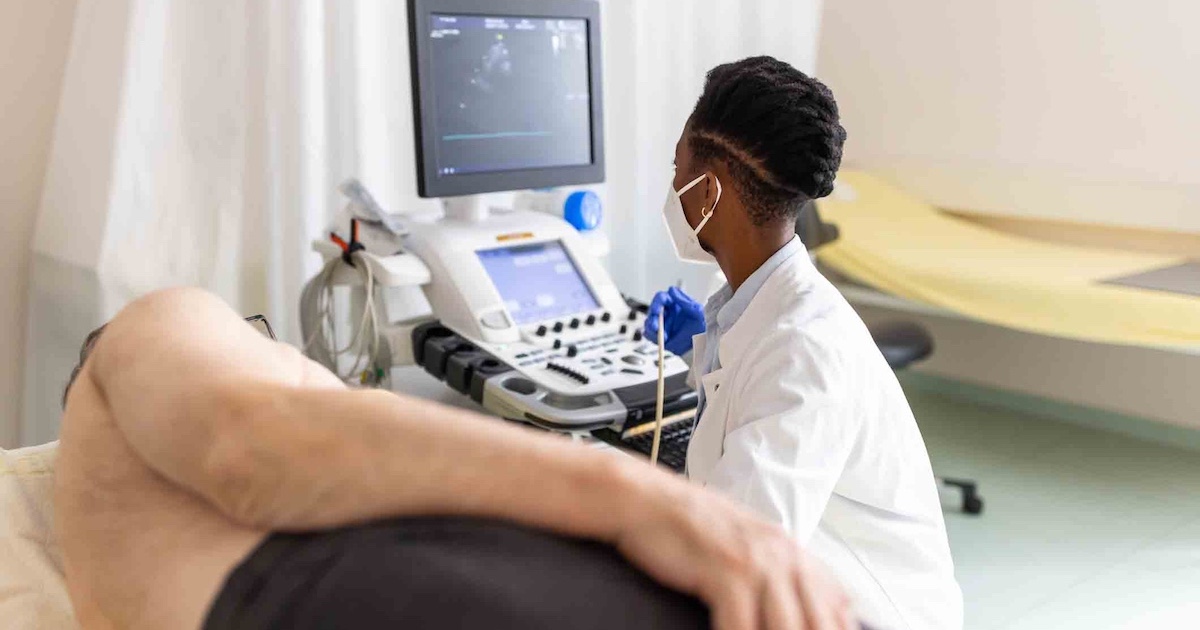A California-based study comparing telemedicine to telephone consults for pediatric cases in rural hospitals has found that telemedicine saves more than $4,500 per use.
Published in Medical Decision Making and funded by, among others, the Agency for Healthcare Research and Quality, the Office for the Advancement of Telehealth and the California Healthcare Foundation, the study by researchers at Sacramento-based UC Davis focused solely on cost considerations. And officials said the technology was well worth the outlay.
"Our previous work showed that telemedicine was good for kids, families and providers, but we didn't really address the cost issue," James Marcin, UC Davis interim head of pediatric critical care medicine, said in a press release. "Now we know: not only does it improve quality, safety and satisfaction, but it also saves money."
In the study, researchers found that each telemedicine encounter costs roughly $3,641, but averages $4,662 in savings.
"In California, physicians get paid for telemedicine consultations, but in many states they don't," Marcin said in the release. "Given its ability to reduce medication errors and increase patient, family and physician satisfaction, as well as lowering costs, I think it makes sense to actually pay physicians a little more for this service to incentivize the model."
The study focused on consults given by clinicians at the Pediatric Critical Care Telemedicine Program at UC Davis to eight rural emergency departments from 2003-09. Researchers targeted five conditions – asthma, bronchitis, pneumonia, fever and dehydration – because studies have shown that these healthcare issues can be treated without telemedicine in rural hospitals.
Researchers compared each hospital's costs for installing telemedicine technology, and compared them to the costs incurred by rural hospitals in having specialists on call and the costs of transferring patients to other hospitals (if an air ambulance is needed, for instance, the price tag rises considerably. Among the results, the study found that telemedicine consults reduced the number of patient transfers by 31 percent.
See also:
UC Davis launches pediatric audiology telemedicine program in California


